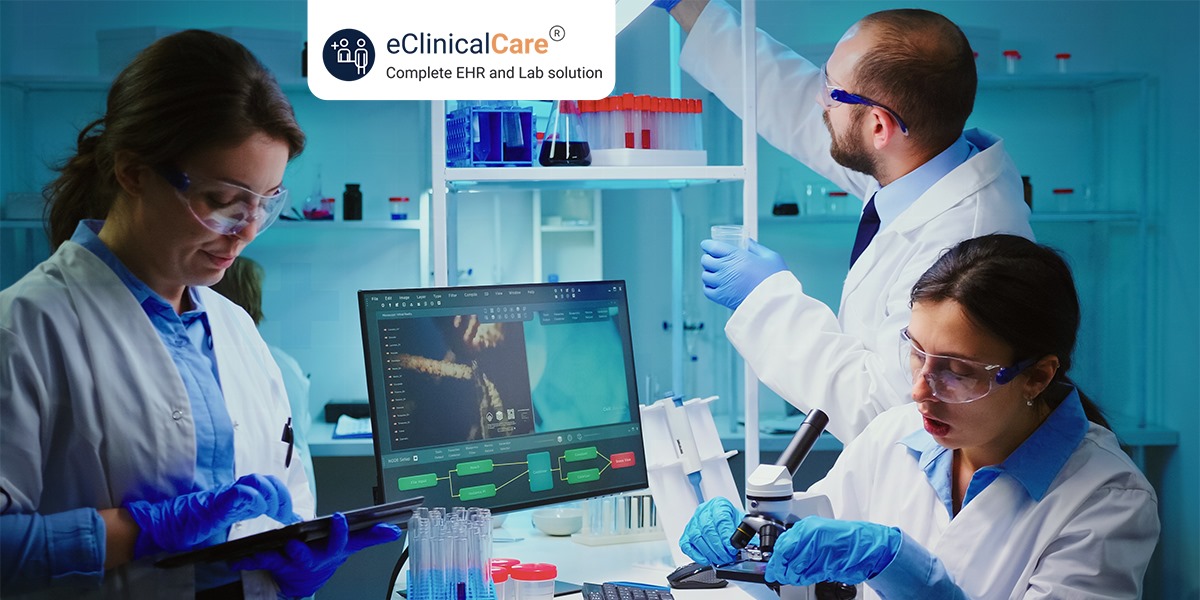Automation with Lab Information Management System

Automation is a critical aspect of modern laboratory operations, and a Lab Information Management System (LIMS) interface can play a vital role in facilitating this process. A LIMS is a software system that is designed to manage and organize laboratory data, and it can be integrated with various instruments and equipment to automate tasks such as sample tracking, data acquisition, and analysis.
In this blog, we will explore the many benefits of using a LIMS interface for automation, as well as the key features and capabilities that a LIMS system should have to effectively support automation in a laboratory setting.
One of the main benefits of using a LIMS interface for automation is that it allows for streamlined and efficient data management. By integrating various instruments and equipment with a single system, the LIMS can automatically collect data from multiple sources and store it in a central location. This eliminates the need for manual data entry and reduces the risk of errors, as all data is automatically captured and organized. Additionally, a LIMS system can be configured to automatically validate and verify data, ensuring that all data entered into the system is accurate and reliable.
Another major benefit of using a LIMS interface for automation is that it can be used to automate tasks such as sample tracking and analysis. For example, when a sample is received in the laboratory, it can be automatically entered into the system and tracked throughout the entire process. This includes tracking the sample’s location, status, and results. The LIMS can also be configured to automatically run specific analysis routines when a sample is received, and the results can be stored and organized within the system. This eliminates the need for manual data entry and reduces the risk of errors, as all data is automatically captured and organized.
A LIMS interface can also be used to automate the reporting and analysis process. For example, a LIMS system can be configured to automatically generate reports based on specific criteria or data sets. This can include generating reports on specific samples, groups of samples, or specific analysis routines. Additionally, a LIMS system can be configured to automatically generate charts, graphs, and other visualizations of data, making it easier to identify trends and patterns in the data.
One of the most important features of a LIMS system is the ability to interface with a wide range of instruments and equipment. This includes everything from simple pipettes to complex mass spectrometers. A LIMS system should be able to interface with a wide range of instruments and equipment, regardless of the manufacturer or model. This allows for a high degree of flexibility and scalability, as the system can be easily adapted as the laboratory’s needs change.
Another important feature of a LIMS system is the ability to manage and organize data in a variety of formats. This includes everything from simple text files to complex data sets. A LIMS system should be able to handle a wide variety of data formats, including Excel spreadsheets, CSV files, and other common data formats. Additionally, a LIMS system should be able to store and organize data in a variety of formats, including text, images, and audio.
A LIMS system should also be designed to be user-friendly and easy to use. This includes providing a simple and intuitive interface that allows users to easily navigate and access the data they need. Additionally, a LIMS system should be designed to be highly customizable, allowing users to configure the system to meet their specific needs. This includes everything from customizing the data fields to configuring the analysis routines.
A LIMS system should also be designed to be highly secure. This includes providing strong encryption and secure data storage, as well as providing access controls and user permissions to ensure that only authorized users can access and modify data.



